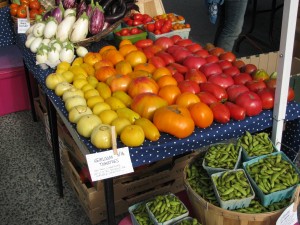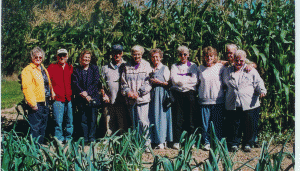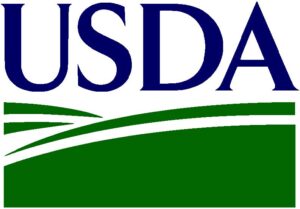With farmstands opening and farmers markets starting this month, it’s also time to start reporting your produce prices to UVM Extension’s bi-weekly, direct market farm price report. The goal of the reporting system is to help direct marketing farmers share information about what they charge at direct markets (farmstands, farmers’ markets, etc) in order to set fair prices that support farm profitability. 
New this year: The price reporting site is mobile compatible! Enter your prices from the farmers market or right at your farmstand.
The first report will be generated and posted to the Farm Pricing Website on May 21. Please submit your first round of produce prices anytime between now and May 19! As we did last year, reports will be downloadable pdfs with the max, min, average and median price for produce sold directly to consumers around the state.
As a farmer reporter, you will also be able to create custom reports over the date range of your choice. If enough farmers participate in the reporting, you will be able to create custom reports by region and type of market.
We’re also offering free training for farm apprentices! We think price reporting would be a great job for a farm apprentice. If you would like your farm apprentice to take on the job of reporting your prices, we’ll take on training them. Just have your apprentice contact Jessie Schmidt, jessica.a.schmidt@uvm.edu or 802-223-2389 x203.
The more farms that report, the more useful it will be for everyone.
If you are already registered you’ll be able to use the pricing information you submitted last year to create your report this year. After logging in, just look to the right for the “Time Saving Tip” that allows you to copy a report from last year and edit it as needed. The data will auto-fill, and you only need to update prices that have changed for 2012 or delete the products you are not selling yet. Has your farming situation changed? You can edit your information after logging in by clicking “Manage Your Account” on the right side menu.
Having other trouble? Don’t hesitate to contact Jessie Schmidt, jessica.a.schmidt@uvm.edu or 802-223-2389 x203, for help logging in or entering your farm prices into the system. Thanks for joining this community effort to create a useful and relevant report for farmers throughout our region!









